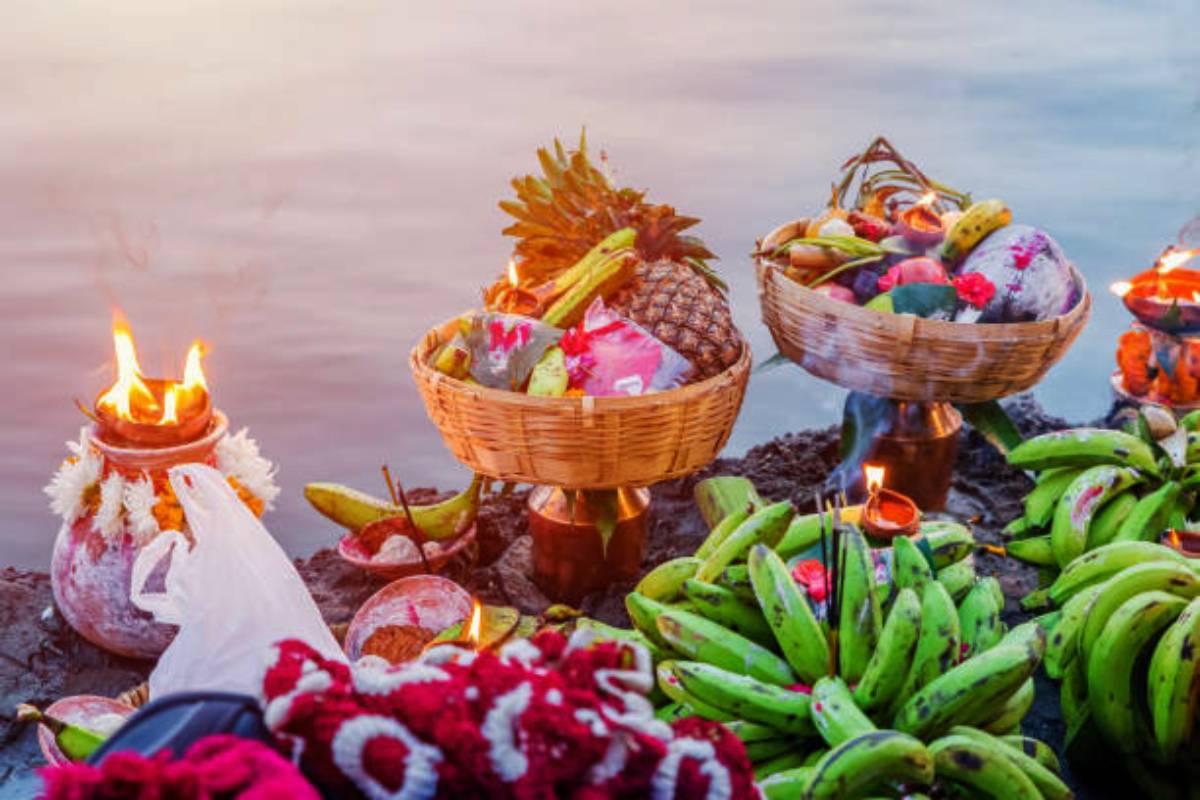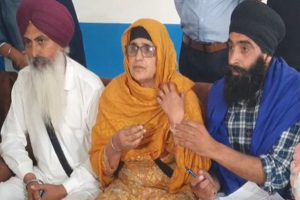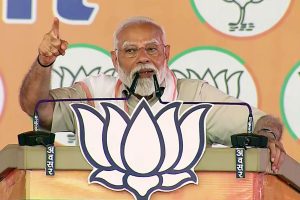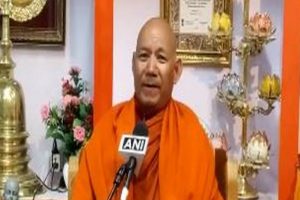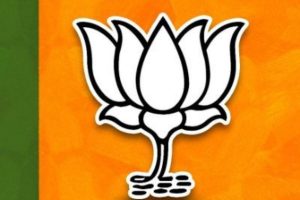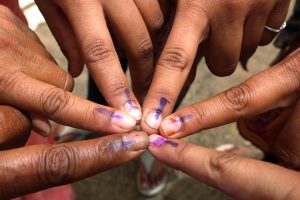Ahead of the last day of the 4-day Chhath Puja festival, devotees gathered on the banks of the Ganga river at Digha Ganga Ghat in Patna on Monday morning to worship the rising Sun.
Meanwhile, people arrived at Central Park in Delhi’s Gautam Nagar to offer prayers to “Chhath Maiya”.
“This tradition has been going on since we were kids. We do this every year. ‘Chhath Maiya’ ensures happiness in our family and so we do it,” a devotee told ANI.
The four-day festival of Chhath kickstarted on Friday and is regarded as the festival of purity, goodwill, and faith.
The Chhath Pooja is a festival in which devotees worship and make offerings to the setting and rising sun. On Monday morning, the fasting devotees would make offerings to the rising sun and break the fast.
Chhath Puja is celebrated every year with much exuberance in states like Bihar, Uttar Pradesh, Jharkhand and Bengal. However, celebrations are also witnessed in the national capital, where a large section of people from the aforementioned states live.
Devotees especially take the fast and worship the sun for the long lives and well-being of their family members, also praying for their expectations and attempts to come true.
The trend of celebrating the festival of Chhath is believed to have started in the Hilly regions of Nepal after the political change of 1990 when democracy was restored in the Himalayan Nation.
It is believed that a person’s desires and prayers from the heart’s core will bring blessings. During the time of fasting, only those foods that are considered to be pure are consumed and cleanliness is one thing that is cared for the most during the period.
This festival witnessed a high participation rate of women, is marked with fanfare and is also regarded as an occasion to take a break from household chores and be refreshed.

